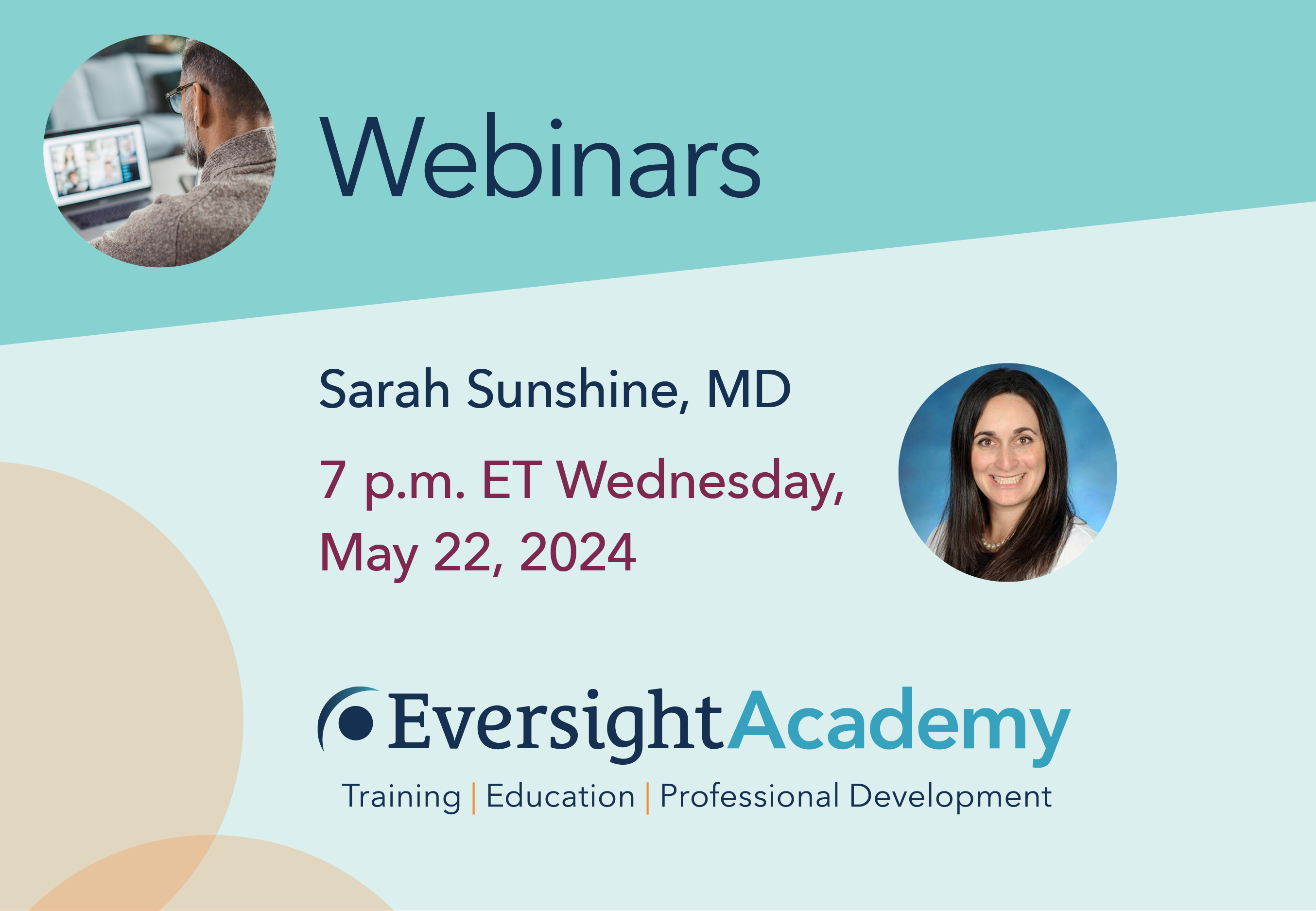What is ocular graft-vs-host disease (GVHD)?
GVHD occurs in people who have received a stem cell transplant (SCT) and affects about 50-100K people per year in the US. 50-80% of people receiving SCT will go on to develop GVHD.
Most commonly SCT is performed for malignant diseases such as leukemia or lymphoma. There are also less common nonmalignant indications for SCT such as myelodysplastic syndrome and aplastic anemia. Dr. Sunshine then gives a brief overview of hematopoietic SCT and the pathophysiology of GVHD.
The goal of SCT is to elicit an immune response of donor cells against the malignant cells, referred to as a graft-vs-tumor response (GVT); GVHD occurs when there is an overactivation and immunologic attack of the recipient tissues by donor cells.
GVHD also has both acute and chronic forms and affects multiple body systems. Acute GVHD occurs in the first 100 days following SCT and has ocular involvement less commonly. Chronic GVHD on the other hand occurs greater than 100 days following SCT and is more likely to have ocular involvement.
Ocular GVHD (oGVHD) is one of the most impactful effects of GVHD on patient quality of life and will affect 40-60% of patients post SCT. It can be thought of as a severe dry eye disease, manifesting similar signs and symptoms such as infection, pain and ultimately carries risk for corneal perforation. It is a panocular surface disease with dysfunction of the tear film, lacrimal gland, epithelium, conjunctiva, meibomian glands and corneal nerves.
Eversight's free webinars are a great way for you to connect, learn and train digitally with leading ophthalmologists and researchers from around the world. We invite you to RSVP for scheduled webinars and browse our recording library.
Have an idea for a future topic? Interested in receiving timely and relevant information from Eversight? We'd love to hear from you!
Share this Post
About the author
Michael Szkarlat, Partner Development Director

Michael has been with Eversight since 2016 and has recently worked to develop Eversight's educational wet lab programs for EK surgery and a standardized protocol for DALK practice in a wet lab setting. His eye banking experience is rooted in the preparation of corneal grafts and spent nearly five years as Eversight’s Medical Director designee in charge of training clinical team members to prepare corneal tissue for DMEK and DSAEK surgery. In his time at Eversight, Michael has presented at scientific conferences, been involved in clinical research and developed innovations in tissue processing. He was named an IAPB Eye Heath Hero in the innovations category. Michael is passionate about community-based eye banking and honoring the precious gift that is donation. When not at work, he enjoys traveling with his wife and baking artisan sourdough bread.



